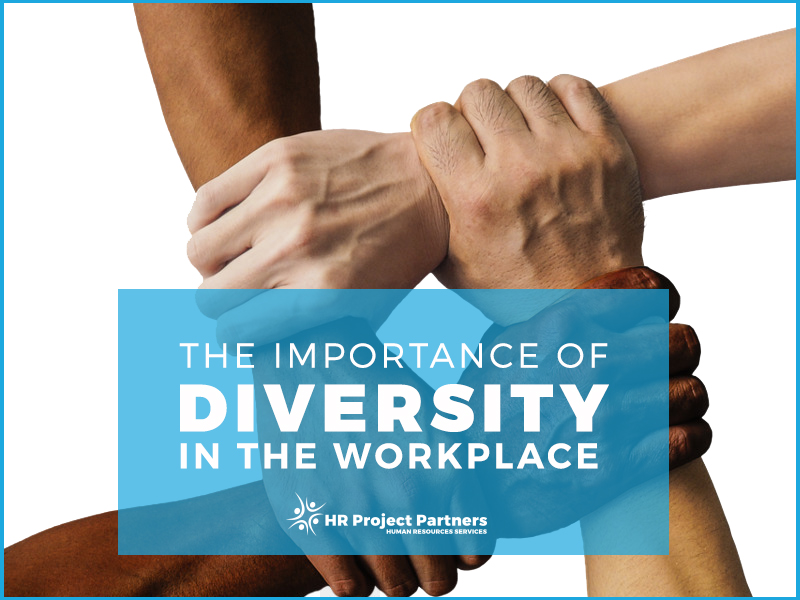
One of the biggest challenges facing employers today is the fast pace at which the workforce is changing. These changes are a result of generational turnover, cultural evolution, immigration, emerging markets, and advances in technology. All of these factors have played a major role in creating complex work environments that create new barriers to recruiting, developing, and retaining employees. As a result of these changes, the importance of workplace diversity is crucial, as businesses work to develop more cohesive, collaborative, and creative work environments. Embracing diversity is a critical step for business to grow and have an impact.
A diverse workforce employs people from all walks of life – all backgrounds, genders, ages, races, religions, and abilities. These are employees who will all view the world differently, and who will apply their personal situations and experiences to bring unique perspectives to the workplace. There are some very positive benefits that can be had from having a more diverse workforce, some of which include:
1. Diverse Perspectives. Diversity in the workplace means that employees will have different characteristics and backgrounds, and therefore, they are more likely to have a variety of different skills and experiences. Employees in a company with a diverse work culture will have access to a variety of different perspectives, which will push them to “think outside of the box.” When these various perspectives come together, they open doors to innovation and new ways of doing things. This is extremely beneficial.
2. Increased Creativity and Better Ideas. People with different backgrounds tend to have different experiences and different perspectives. Exposure to a variety of perspectives and views leads to higher creativity. When put together, people who see the same thing in different ways, are more likely to get fresh, new ideas, and therefore improving the creativity of the workplace.
3. Higher Employee Engagement. The link between workplace diversity and employee engagement is straightforward – when employees feel included, they are more engaged. It’s that simple.
4. Reduced Employee Turnover. Companies with a diverse workforce are generally more inclusive of different individual characteristics and perspectives. Diversity and inclusion in the workplace cause all employees to feel accepted and valued. When employees feel accepted and valued, they are also happier in their workplace and stay longer with a company. As a result, companies with greater diversity in the workplace have lower turnover rates.
5. Better Company Reputation. Workplace diversity makes a company appear more interesting. If you present a diverse workplace culture, you will make it easier for many different people to relate to your company and your brand, opening doors to new markets, customers, and business partners.
6. Improved Hiring Results. Diversity in the workplace boosts a company’s brand and presents the company as a more desirable place to work. Workplace diversity is an especially beneficial asset for attracting top talent from diverse talent pools.
When next planning to hire new employees, consider making an effort to hire a diverse range of people, across gender, age and cultural backgrounds. Your organization could soon enjoy a wide range of benefits, such as those listed above.



